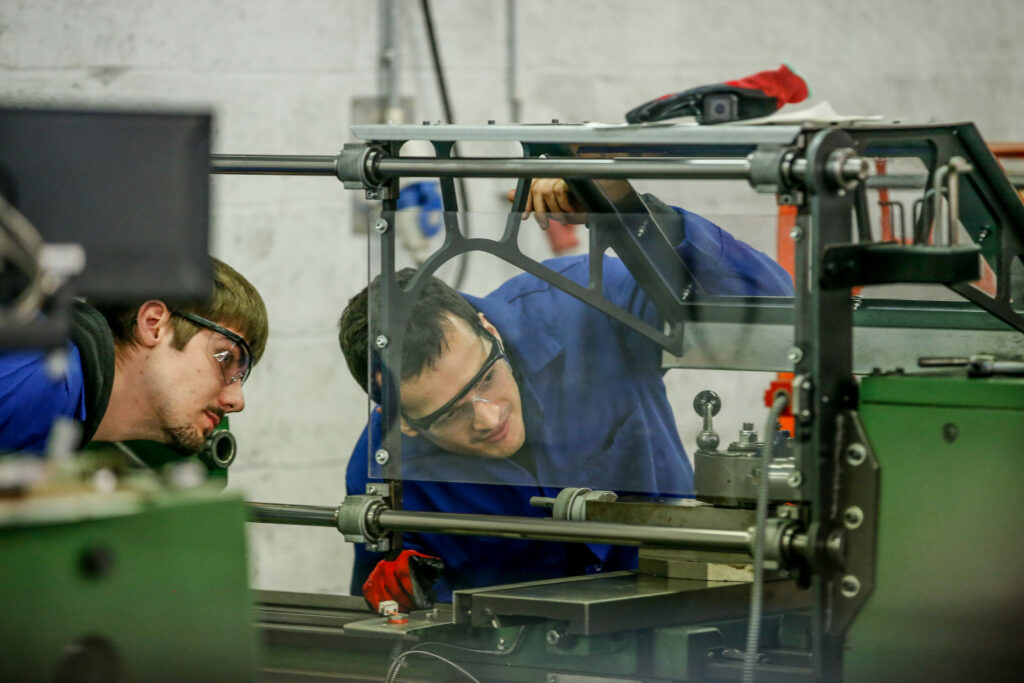The number of Flemish pupils enrolling in secondary schools focusing on skills rather than academia has increased again. The popularity of 'general education' – which prepares students for further study – has fallen.
For the sixth consecutive school year, the number of young people in Flanders enrolling in so-called 'Technical Education' (TSO) and 'Vocational Education' (BSO) secondary schools – practice-oriented education – has risen, an analysis by De Tijd based on figures from the Department of Education showed.
The Flemish Community's secondary school system is divided into four forms of education: ASO, KSO, TSO and BSO.
- 'General Secondary Education' (ASO) prepares students for higher studies, focusing on theory and general knowledge.
- TSO also provides theoretical training and more concrete and technical courses. It can lead to jobs in electronics and IT, administrative roles, teaching and sales.
- 'Arts Education' (KSO) is similar to TSO, but focuses on arts rather than technical subjects.
- BSO is practice-oriented, so students can pursue a profession immediately after graduating. BSO can lead to a profession in both the industrial domain (such as car engineering and welding) and other fields such as personal care, office and sales, agriculture and horticulture, construction or the hospitality sector.
Since the 2020-2021 academic year, the number of students in more skills-oriented secondary schools grew by 17.5%, from around 156,500 to some 184,000 (who enrolled in second and third grade on 1 October 2024). In TSO, the increase is more pronounced (+20%) than in BSO.
Sharp contrast
TSO secondary schools in Flanders recorded 100,000 pupils at the start of the school year for the first time, while almost 80,000 pupils are enrolled in a BSO course – the highest figure since the 2008-2009 school year.
The evolution is in sharp contrast with the declining popularity of ASO. This school year, 120,000 pupils enrolled in these schools, a 6.5% drop since the 2020-2021 school year. Still, ASO remains the most popular choice: it accounts for around 38% of enrolments, compared to almost 59% in TSO and BSO combined.
Remarkably, the number of girls in TSO and BSO schools is increasing faster than the number of boys, but the latter remains in the majority.
Related News
- Flanders to pay full price for asbestos removal in region's schools
- Flemish schools in 'Brussels Ring' get more cash to boost Dutch-language education
Modernisation of secondary education is at the root of the turnaround, according to Kristof De Witte, education economist at KU Leuven. "All courses are now fully-fledged options, each with their own focus and goals. This affirms that TSO and BSO courses are not a second choice." More people realising that TSO can also lead to further studies has also helped boost its popularity.
Appreciation of TSO and BSO has also only increased in the labour market. "The shortage in healthcare, construction, but also logistics and technology sectors, plays an undeniable role," De Witte said.

